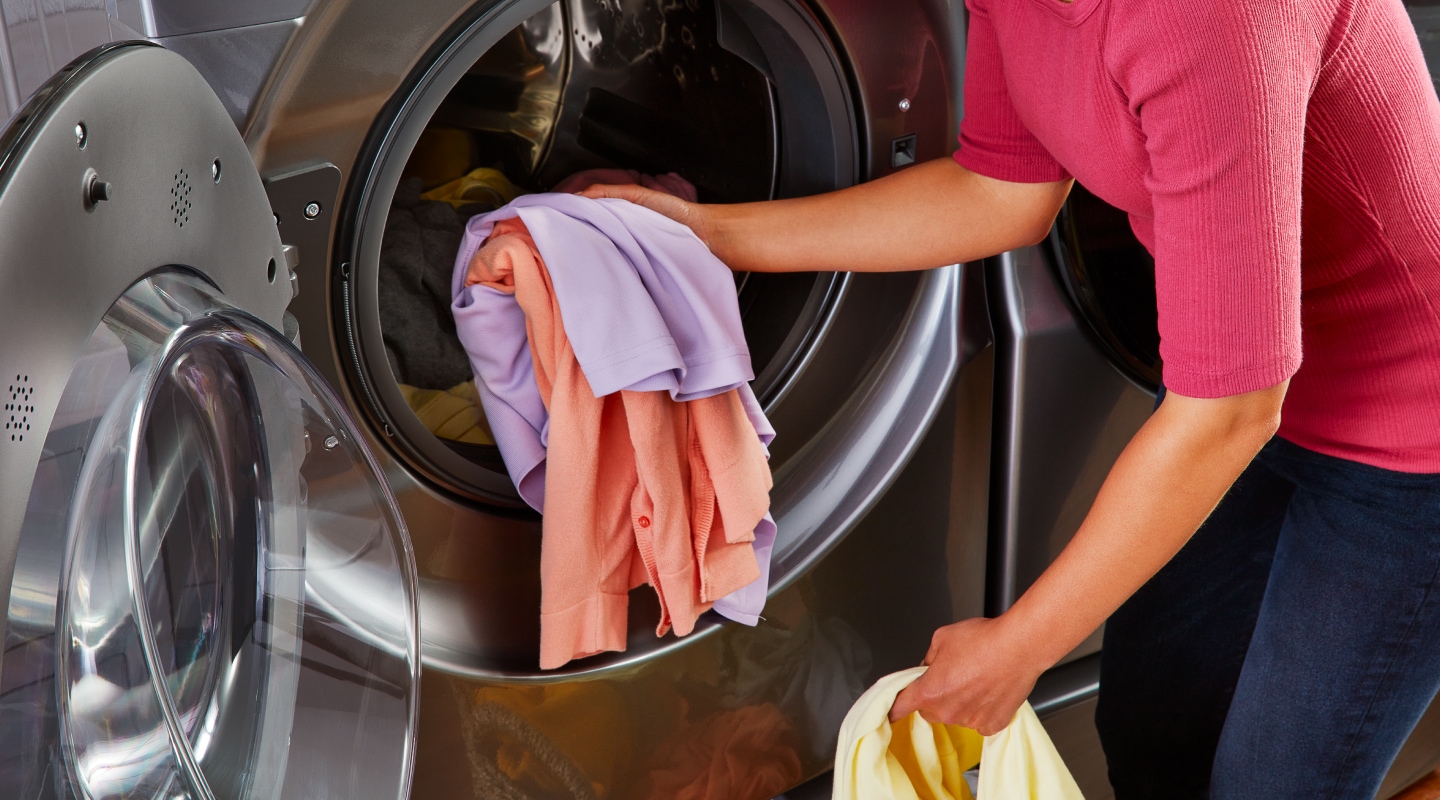
What is fabric pilling and how to prevent it?
“Pills” are the name frequently given to small, firm balls of lint that form on the surface of fabrics like clothing, while “pilling” is the process that forms them. Thankfully, you can usually remove pills with a fabric comb or battery-operated pill/lint remover that cuts or scrapes them away.
You can also learn how to prevent pilling on clothes, or at least reduce it, including how you wash and dry your fabrics. Read on to learn more about fabric pilling and prevention methods.
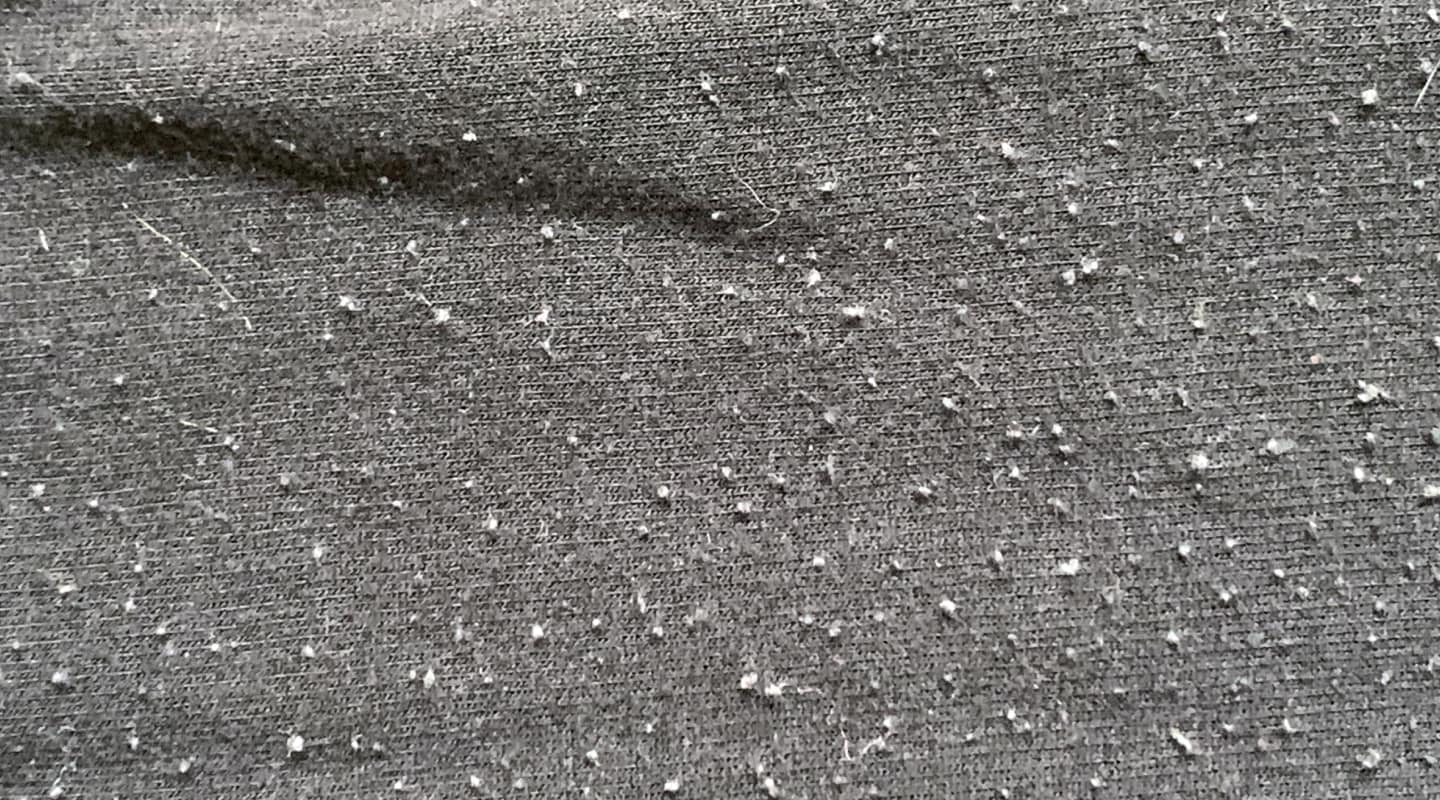

What causes fabric pilling on clothes?
These pesky fabric pills are the result of normal wear and tear—broken clothing fibers on the surface become tangled together. Over time, these threads clump together, forming the characteristic lint ball that is stuck to your clothing. During a wash cycle, they can attract loose micro-threads, speeding up the fabric pilling process.
Clothes pilling can also happen with everyday friction such as parts of your clothing rubbing together, a backpack or purse or even moving around on the couch.
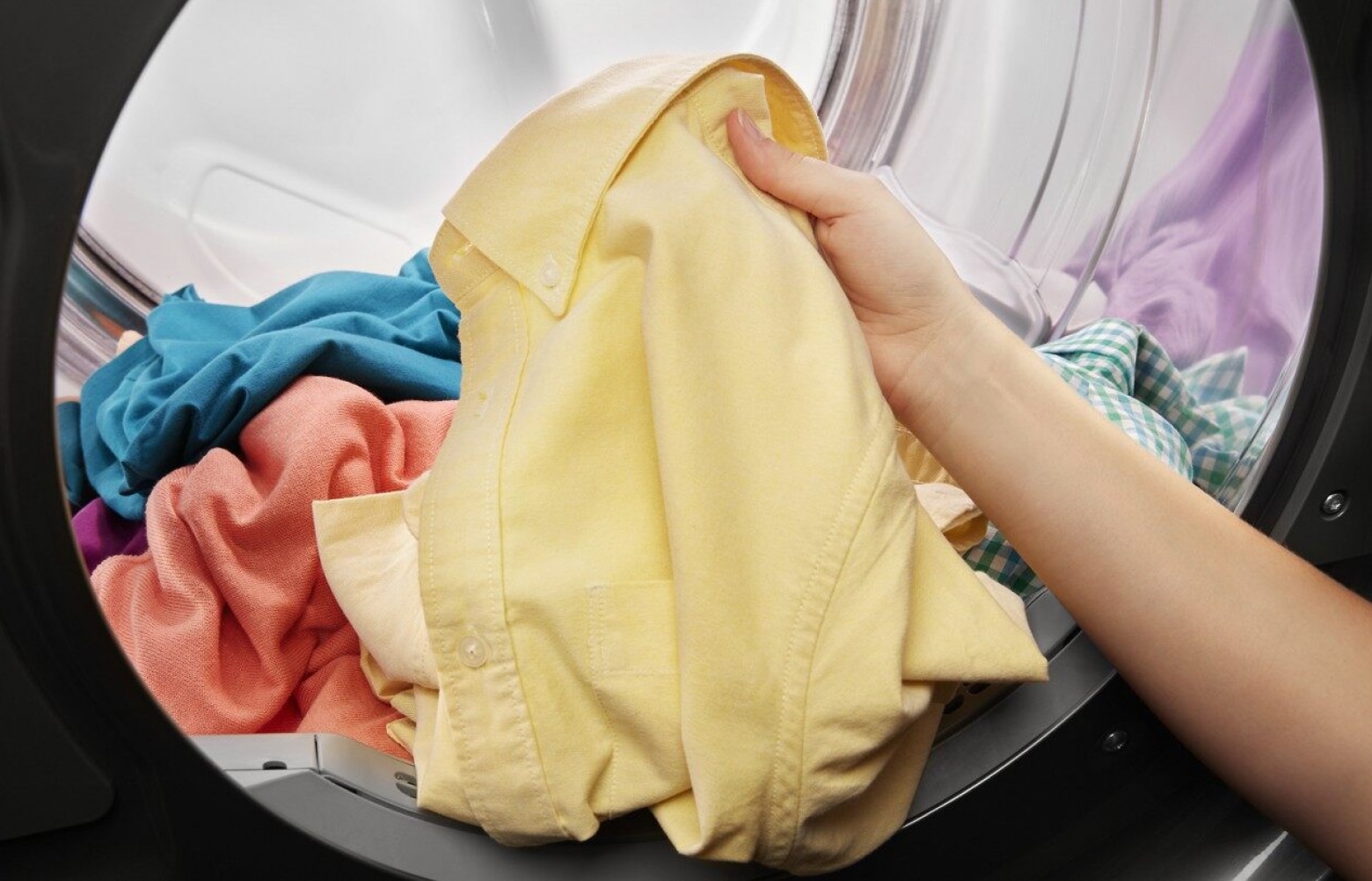

How do you prevent pilling on clothes?
To prevent pilling, opt for sturdy fabrics that are tightly woven and made from durable materials. Clothes pilling is most common with looser, shorter fibers. Knitted fabrics tend to pill more than woven ones, and clothes made from wool, cotton, polyester, acrylic and other synthetics tend to develop pills more readily than silk, rayon, denim or linen.
We stress our clothes every time we wear them—therefore, some degree of pilling is always possible. However, there are some ways you can help slow down or prevent fabric pilling by reducing the friction or abrasion your clothes experience day-to-day. This could include avoiding wearing a backpack with your favorite top, reducing your layers to prevent fabrics from rubbing, or choosing a tightly woven fabric as your second clothing layer. These precautions won’t get rid of pilling altogether, but they can help slow down the process.
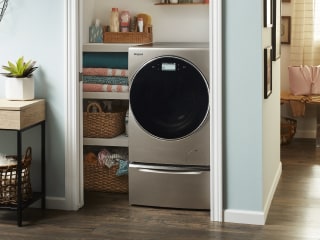
Need help finding the right size washer?
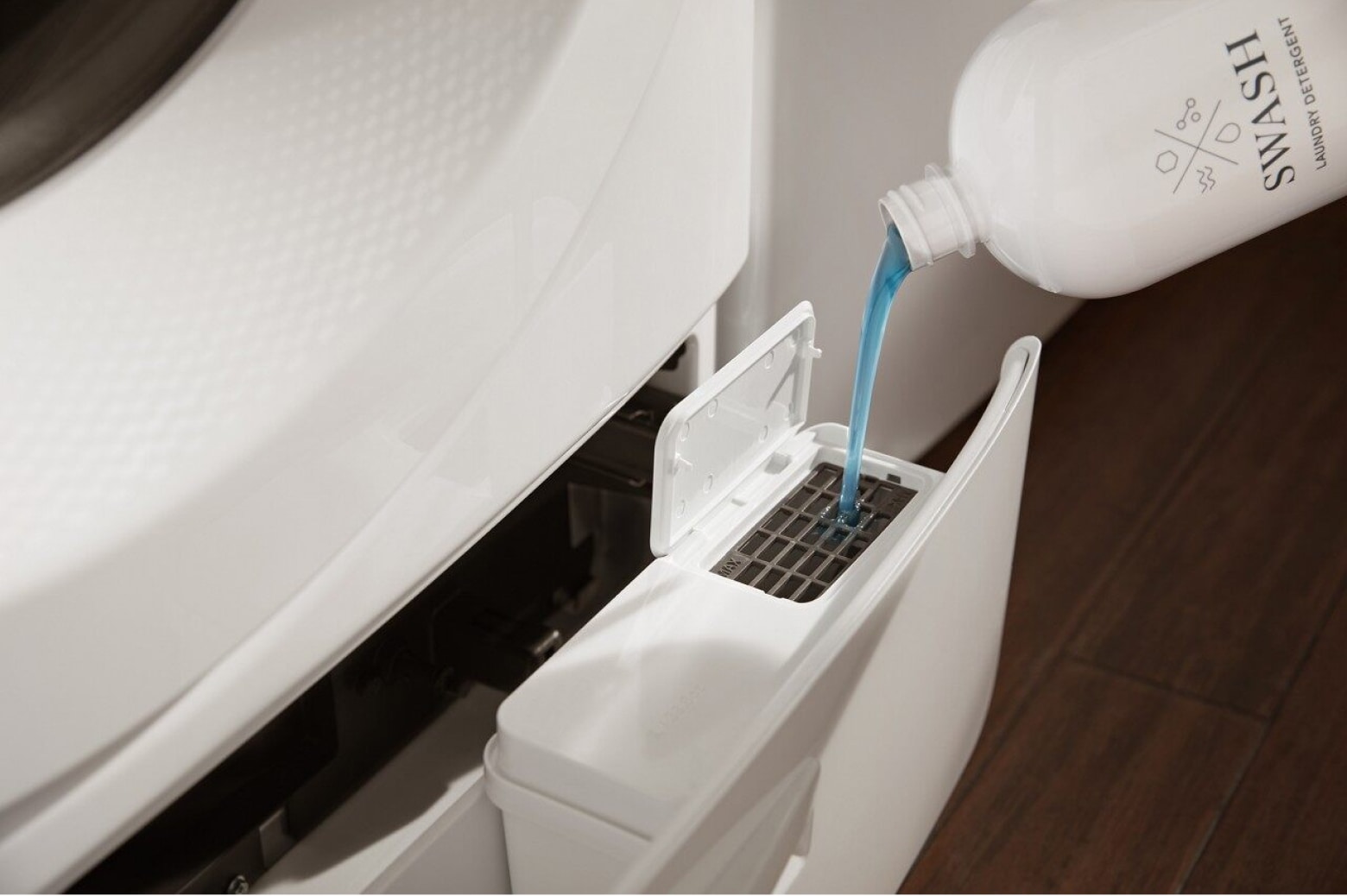

Can a washing machine cause pilling?
A washing machine doesn’t cause pilling on its own, but it can speed up or worsen it. However, you can reduce the amount of pilling caused by a washing machine by using smart tactics on laundry day. For starters, turn clothes inside out, fasten zippers, sort by type and use cold, gentle cycles.
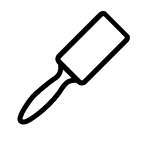
Remove lint from clothes
Start with removing lint from clothes and getting fuzz off sweaters before you wash. Use a lint brush, fabric shaver or even just shake garments out before putting them in the washing machine.
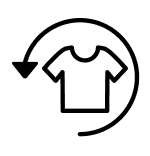
Turn garments inside out
Turn garments inside out so that only the inside rubs up against other garments.
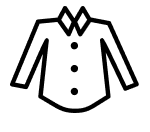
Properly prepare clothing
Fasten zippers, buttons and hooks—rubbing against these hard objects can damage clothing fibers.
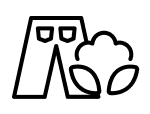
Sort clothes by fabric type
Sort clothes by fabric type to help keep heavier fabrics from damaging lighter ones in the wash.
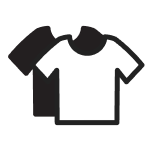
Sort clothes by color
Sort clothes by color—if pills are formed from contrasting fabric colors, they’ll stand out more. For example, fibers from a black sweater ending up on your white t-shirt.
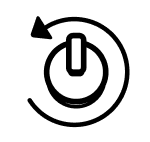
Choose the right laundry cycle
Opt for a gentle, cold water wash or even hand wash your clothes. Learn more about how to choose laundry cycles.
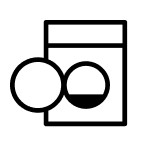
Don’t overload washing machine
Don’t overload the washing machine—if your clothes can’t move easily in the machine, they’ll rub together and cause more friction.
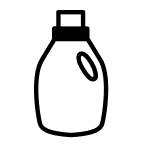
Use the right amount of detergent
Use the right amount of detergent. We recommend Swash® Laundry Detergent, designed for your laundry by Whirlpool Corporation.1 Its Precision Pour Cap is designed to help you use the amount needed to clean, care and protect your belongings—no more, no less.
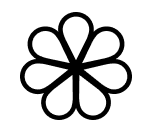
Consider fabric softener
Consider using fabric softener to help protect clothing fibers.
When the wash is done, use a gentle, low heat dryer cycle or hang up your clothes to air dry.
Does hot water cause pilling?
Washing clothing in hot water doesn’t directly cause fabric to pill, but it can make clothing more susceptible to pilling. Hot water can wear out the fibers of clothing more quickly than washing with cold water. This can lead to the fabric fibers becoming tangled, creating those pesky little fabric pills on your laundry.
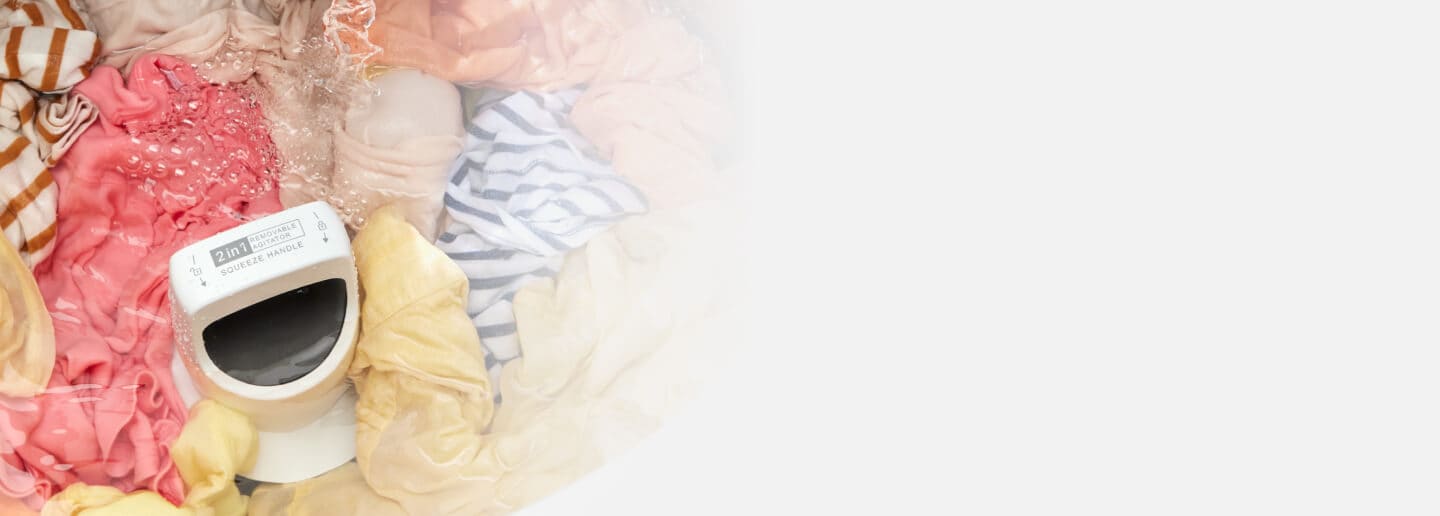
2 in 1 Removable Agitator
Clean the way you want with two ways to wash
Can the dryer cause pilling?
Yes, pilling can form from the friction of fabric rubbing together during the tumble dry cycle. If you have a load of fabrics that are more likely to pill, you may want to lay them out flat to air dry rather than tossing them in the dryer.
Can dry cleaning help remove pilling?
Though dry cleaning is a great option for delicate garments that require a little extra care when being laundered, it does not help remove pilling. The dry cleaning method is not designed to remove pills or repair damaged fabric, though some businesses may offer it as an additional service upon request.
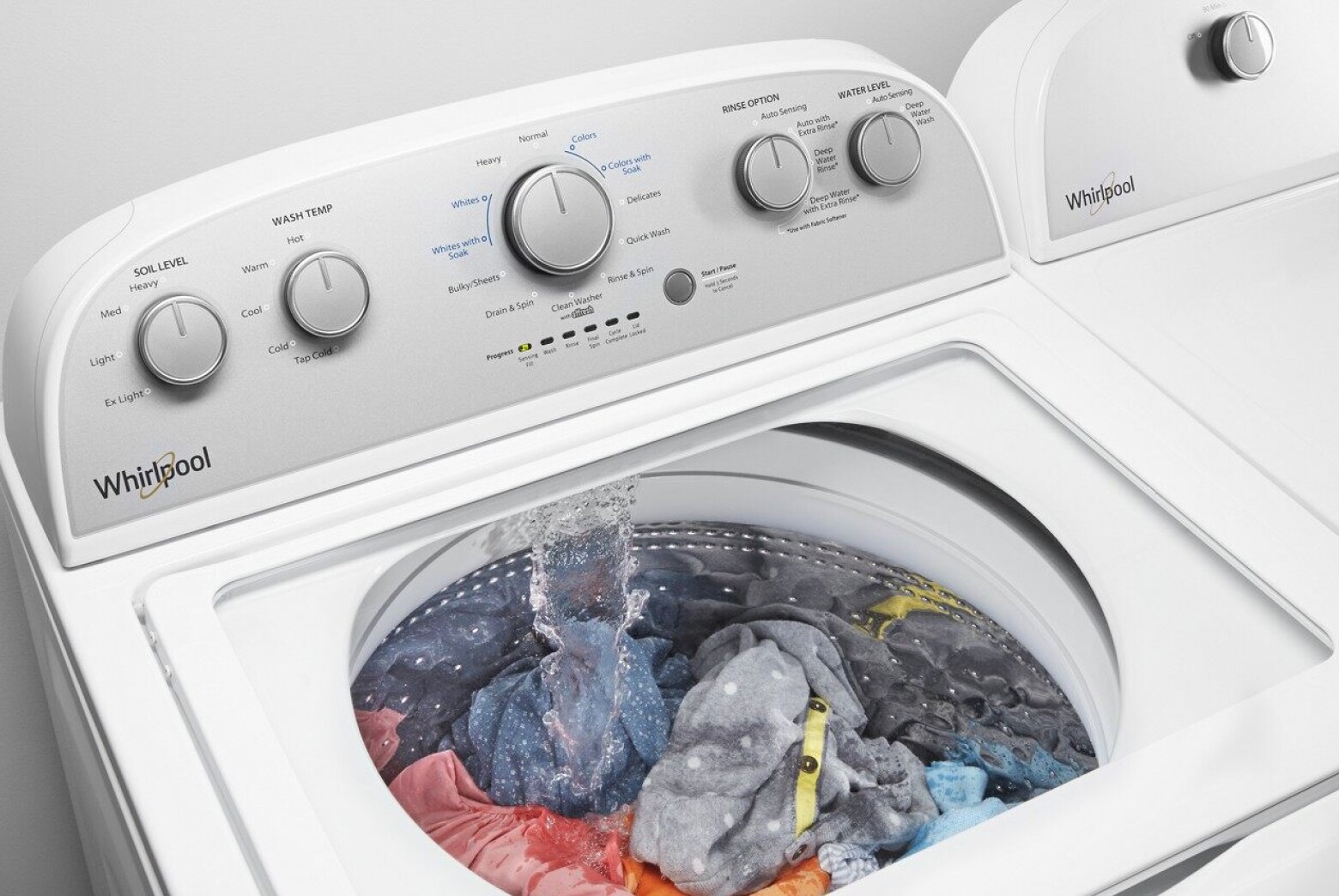

Can switching laundry detergents help in removing lint and pilling from clothes?
Your first line of defense to prevent pilling on clothes may come from laundry detergent. Some detergents use enzymes to help clean clothes, and one enzyme—cellulase—can help loosen and remove pills in the wash. Combined with a gentle, cold water cycle, switching to this type of detergent may help get rid of pilling.
What is the fastest way to remove pilling from clothes?
A fabric shaver is one the fastest ways to remove pilling from clothes. If the pills are not too stubborn, a lint roller or sticky tape can also be a quick and easy option.
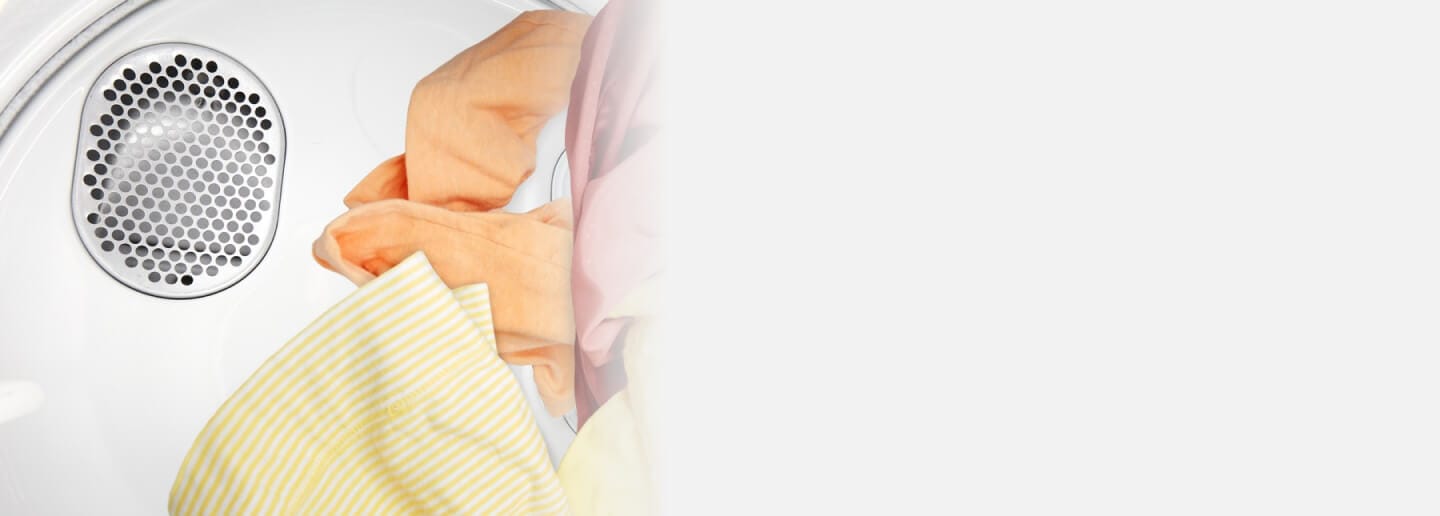
AccuDry™ Sensor Drying Technology
Help prevent overdrying your family's laundry
Two built-in sensors measure moisture and temperature levels to automatically stop the cycle when the load is dry
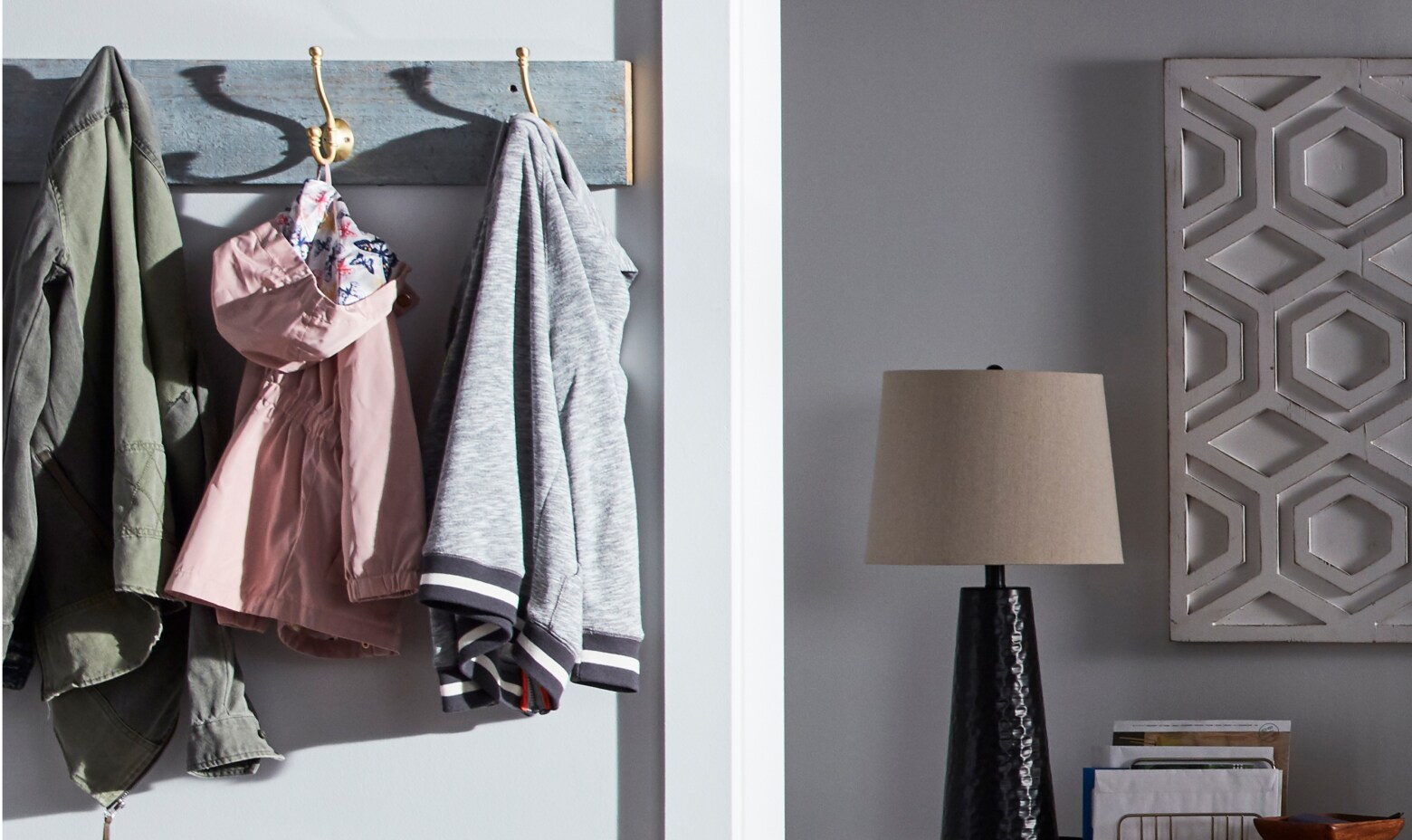

How do you remove lint, pilling and fuzz from clothes manually?
You can remove pills, lint or fuzz from clothes by using a fabric comb or battery-operated pill/lint remover. Both of these methods help carefully cut or scrape away the fabric pills. This is also how to get fuzz and pills off sweaters which can show up on this loose fabric even after the most careful washing. When done correctly, you’ll end up with clothes that look as good as new.
Shop Whirlpool® washing machines & dryers
Want laundry appliances that keep your family’s clothes in great shape? Discover how Whirlpool® washers and dryers help you care for everyone’s wardrobe. Select Whirlpool® washing machines feature a Cold Wash Cycle that gives your most vibrant colors the care they need and adjusts wash actions and time, combined with gentle temperatures, to provide optimal fabric care. Select top load washing machines feature an Automatic Presoak Option to tackle stains gently. Set your washer to soak for 15, 30, 60 or 120 minutes, then the washer will add water and detergent for soaking. The cycle will start automatically once soaking is complete.


Helping kids stay in school
Learn how Whirlpool helps end the dropout cycle by giving kids access to clean clothes through the Care Counts™ Laundry Program
Was this article helpful? Pass it on
Explore more from Whirlpool brand


home heartbeat
Ready for more tips, home hacks and appliance guides?
1. Swash and the recommending brands are owned and distributed by Whirlpool Corporation.

